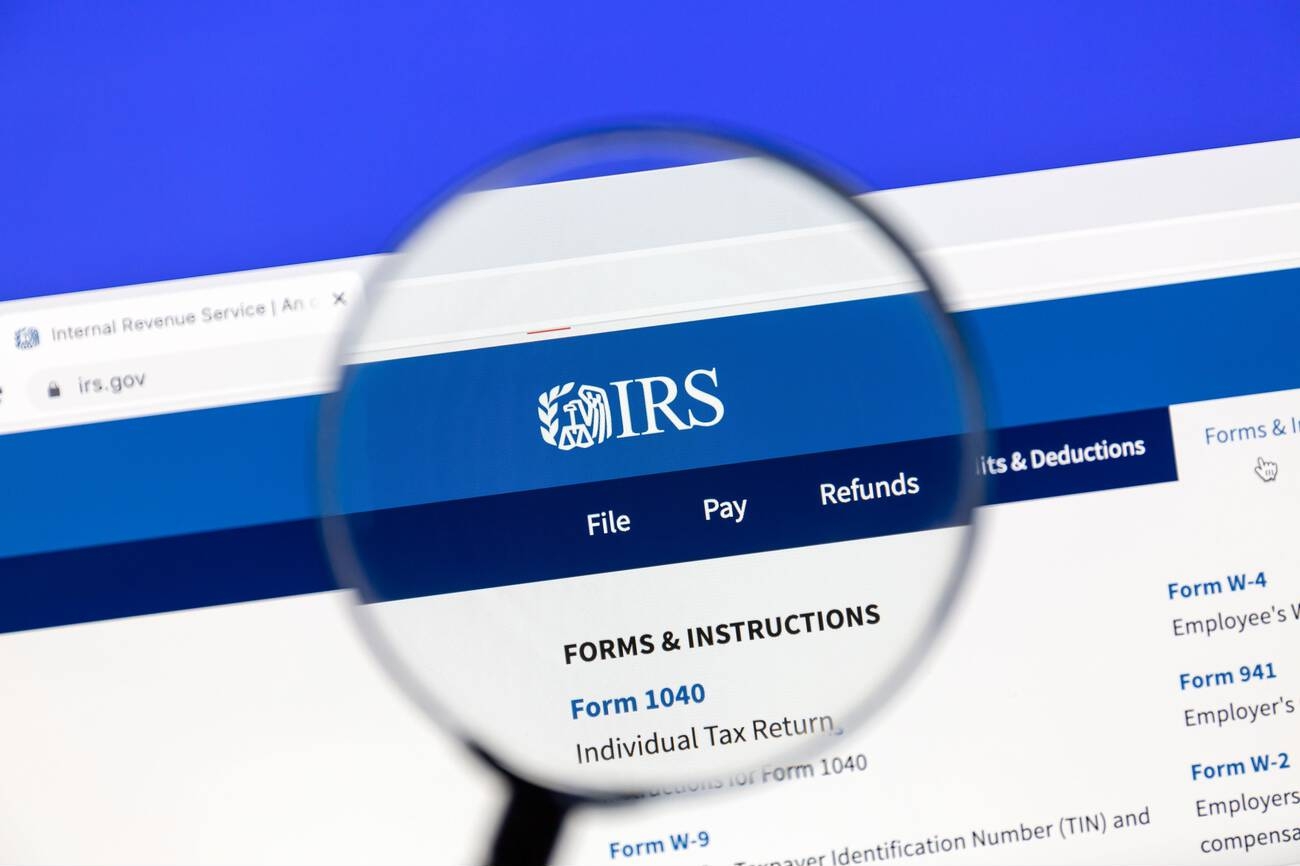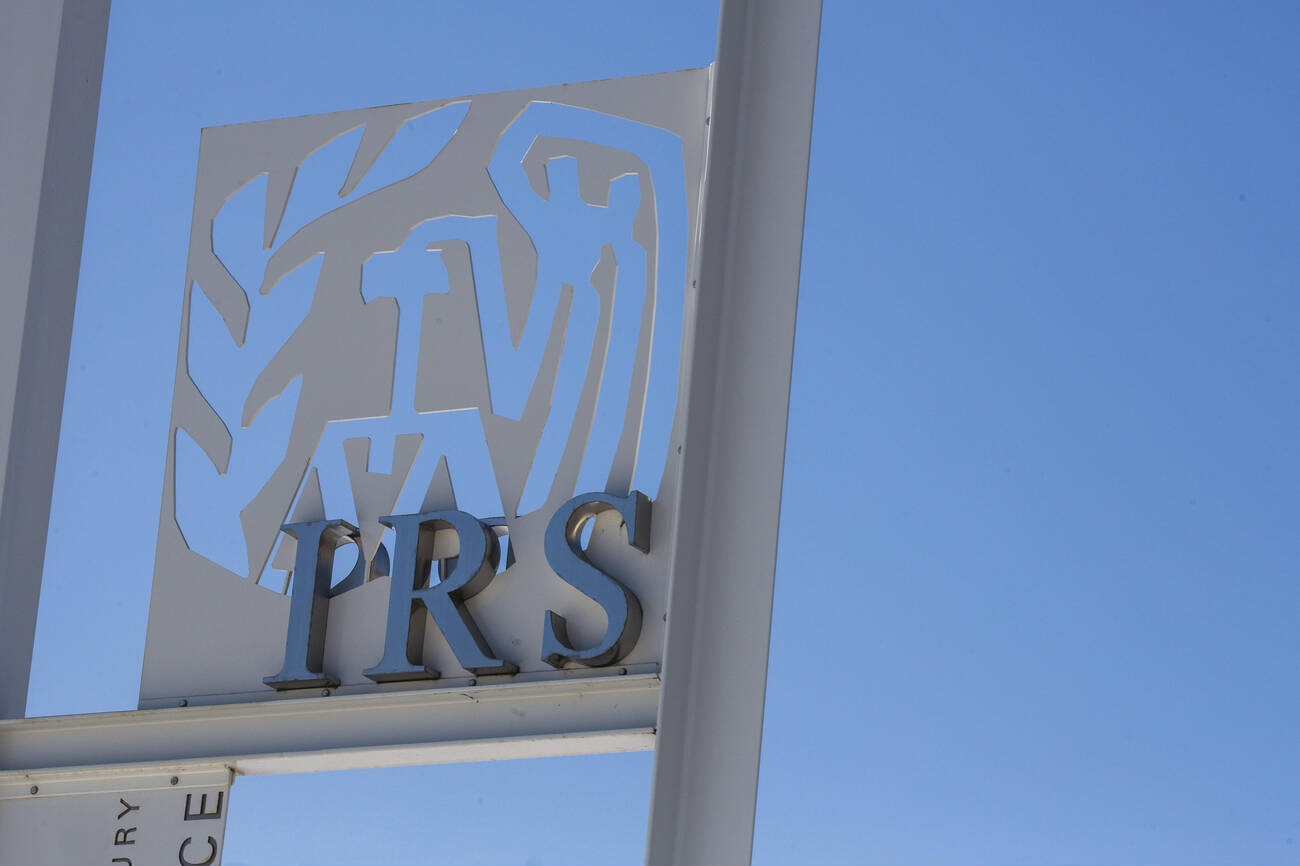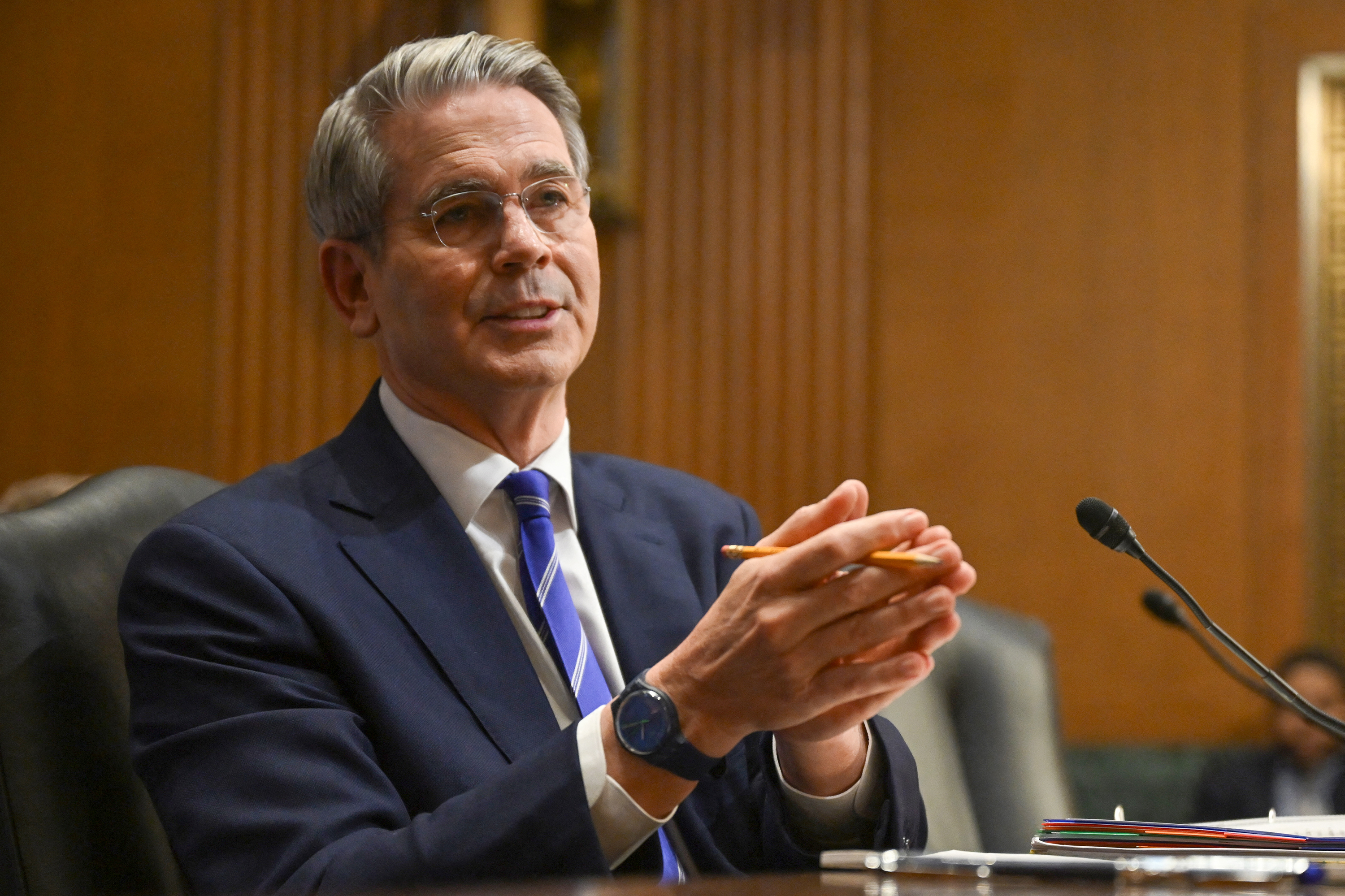The IRS provided initial guidance on July 24 on how taxpayers can claim the credit for the sequestration of carbon oxide—a tax credit for the capture and use of carbon oxide that was expanded by the Inflation Reduction Act.
Notice 2024-60 describes information that must be included in the lifecycle analysis (LCA) report, which the IRS must approve before the taxpayer may claim the utilization of carbon oxide credit, the agency said on Wednesday. The notice also provides the procedures a taxpayer must follow to submit the report, along with required supporting information, to the IRS and the Energy Department for review.
Before a credit is given, the IRS must approve the lifecycle analysis of greenhouse gas emissions documented in the LCA report with respect to carbon capture property placed in service on or after Feb. 18, 2018, the agency said.
The Inflation Reduction Act features a comprehensive package of clean energy and industrial tax credits, including incentives for the deployment of carbon management technologies, such as carbon capture, direct air capture, and the conversion of captured carbon emissions into useful products.
Substantial improvements to the Section 45Q tax credit include increased credit values to $85 per ton of carbon oxide captured and stored from industrial facilities and power plants and $180 per ton for direct air capture facilities, an extension of the credit to a full 10 years, the ability to claim the credit directly as a cash payment, and expanded eligibility for smaller direct air capture, industrial, and power generation facilities, the Energy Department said.
Form 8933 is used to claim the carbon oxide sequestration credit.
More information can be found on the Inflation Reduction Act of 2022 page on IRS.gov.
Thanks for reading CPA Practice Advisor!
Subscribe Already registered? Log In
Need more information? Read the FAQs
Tags: Income Tax, IRS, Legislation, Taxes




